by Stanko Todoric, Certification Specialist, and Scott Hall, Principal Technical Lead (Wire & Cable) at CSA Group
With the release of Update No. 1 to CSA C68.10-20 in March 2023 and CSA C68.5-20 in May 2023, manufacturers of power and distribution cables must understand how these changes impact their products and compliance efforts. Here, we explore the notable technical updates and provide guidance on navigating these amendments.
CSA C68.10-20 Overview
CSA C68.10-20 is the third edition of the standard, first published in 2008, covering shielded power cables used in commercial and industrial applications, rated 5-46 kV. Update No. 1 introduces key changes aimed at improving cable performance and safety.
Major Technical Changes in Update No. 1 to CSA C68.10-20
There are 8 major technical changes in the amendment. These include significant updates to the technical requirements of the standard, which reflect evolving industry practices. Notable examples include:
- Convolutions in the insulation shield exceeding 0.254 mm will now be classified as an irregularity, requiring manufacturers to tighten control over production processes.
- Compatibility of the insulation shield with water blocking components must now be evaluated, aligning with changes made in ICEA.
These changes emphasize enhanced performance and safety in both commercial and industrial applications, enabling cables to meet the demands of modern infrastructure.
Minor or Editorial Changes in Update No. 1 to CSA C68.10-20
There are 14 minor or editorial changes in the amendment. These changes focus on clarifications, corrections, and simplifications, making the standard easier to understand and apply. Minor adjustments do not affect compliance with the core technical requirements of the previous edition.
Extensions in Update No. 1 to CSA C68.10-20
There are no extensions in this amendment.
CSA C68.5-20 Overview
CSA C68.5-20 is also in its third edition, initially published in 2007, and it governs primary shielded and concentric neutral cables for distribution utilities, rated 15-46 kV. Update No. 1 introduces changes that may directly impact utilities and cable manufacturers alike.
Major Technical Changes in Update No. 1 to CSA C68.5-20
The amendment introduces 8 major technical changes. Like CSA C68.10-20, these updates focus on the insulation shield and the overall durability of cables. Key examples include:
- Convolutions in the insulation shield exceeding 0.254 mm are now deemed irregularities, requiring closer monitoring and testing during production.
- Compatibility of the insulation shield with water blocking components must now be assessed in this standard, confirming the insulation shield is not adversely affected when exposed to a water blocking component.
These changes enhance cable integrity, facilitating longevity and resilience in demanding distribution environments.
Minor or Editorial Changes in Update No. 1 to CSA C68.5-20
This amendment includes 21 minor or editorial changes, clarifying technical details and editorial corrections that do not substantially alter the compliance requirements but help reduce ambiguity.
Extensions in Update No. 1 to CSA C68.5-20
There are 4 extensions in the amendment. These include new material options and design flexibility for manufacturers:
- The option to use semiconducting material for the jacket has been added, providing more flexibility in cable design.
- XLPE (Cross-linked Polyethylene) has been added as a suitable material for an extruded-to-fill jacket, offering new performance advantages in certain applications.
These extensions provide manufacturers with greater design options, enabling improved cable performance in various utility installations.
Key Considerations for Certification Holders
For manufacturers holding existing certifications under CSA C68.10-20 or CSA C68.5-20, it is important to assess how Update No. 1 impacts their current products. While many products that comply with previous editions may still be compliant, proactive steps should be taken to help obtain continued conformity with these new requirements.
Recommended Next Steps
To validate ongoing compliance, certification holders should:
- Conduct a Thorough File Review: Review your existing certification files against the requirements of Update No. 1. This detailed review will help you determine if your products meet the updated standards or if modifications are necessary.
- Understand Certification Scheme Requirements: Familiarize yourself with the specific requirements of your applicable certification schemes. Not all changes may impact your product, but understanding which are applicable and which are not is critical to avoid potential non-compliance or costly delays.
- Proactive Engagement with Certification Bodies: If any of the major technical changes affect your products, engage with your certification body earlier rather than later. Requesting an evaluation or update of your certification demonstrates your commitment to compliance and helps confirm that your products remain aligned with the latest applicable safety standards.
By adopting these proactive measures, manufacturers can effectively navigate the transition to Update No. 1, helping confirm their products continue to meet safety and performance requirements across commercial, industrial, and utility applications.
This article was provided by the Canadian Standards Association (CSA Group). The author, Daniel Roberts, is Chair of the CSA Z462 Technical Committee, a voting member of the Canadian Electrical Code Technical Committee, Past Chair of the IEEE IAS Electrical Safety Committee, and author of several peer-reviewed and published papers on risk assessment, human performance, and safety management systems.


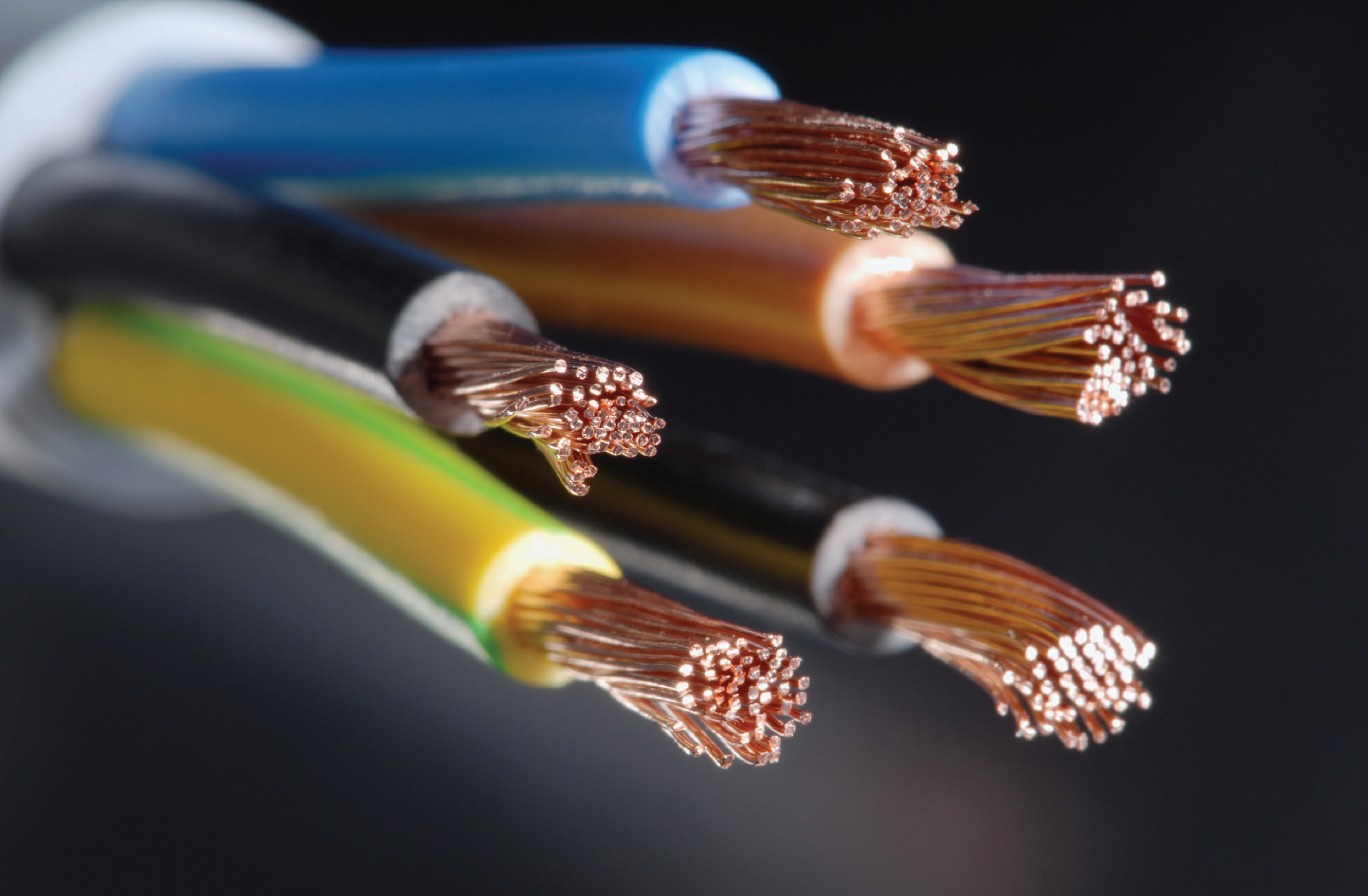
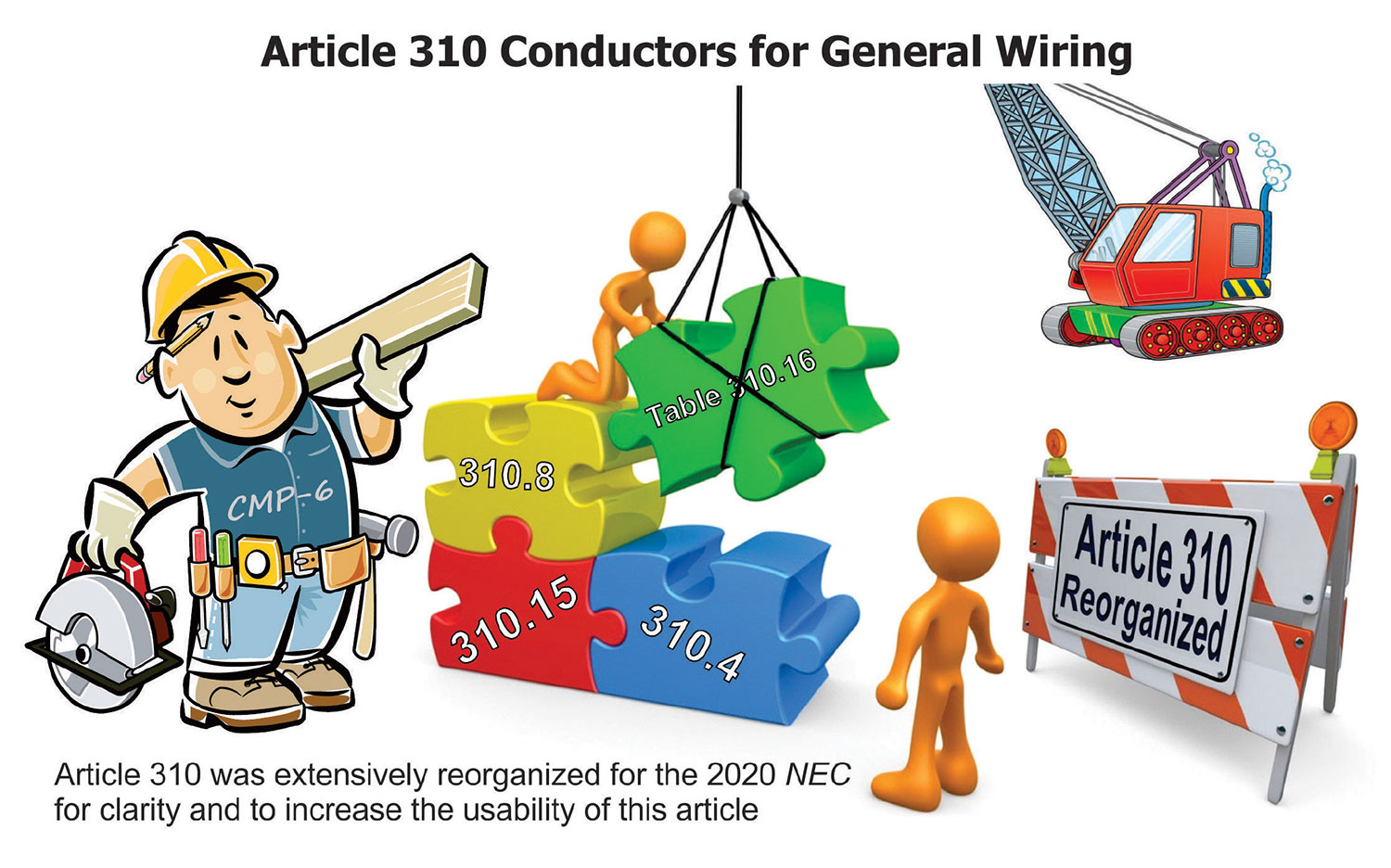
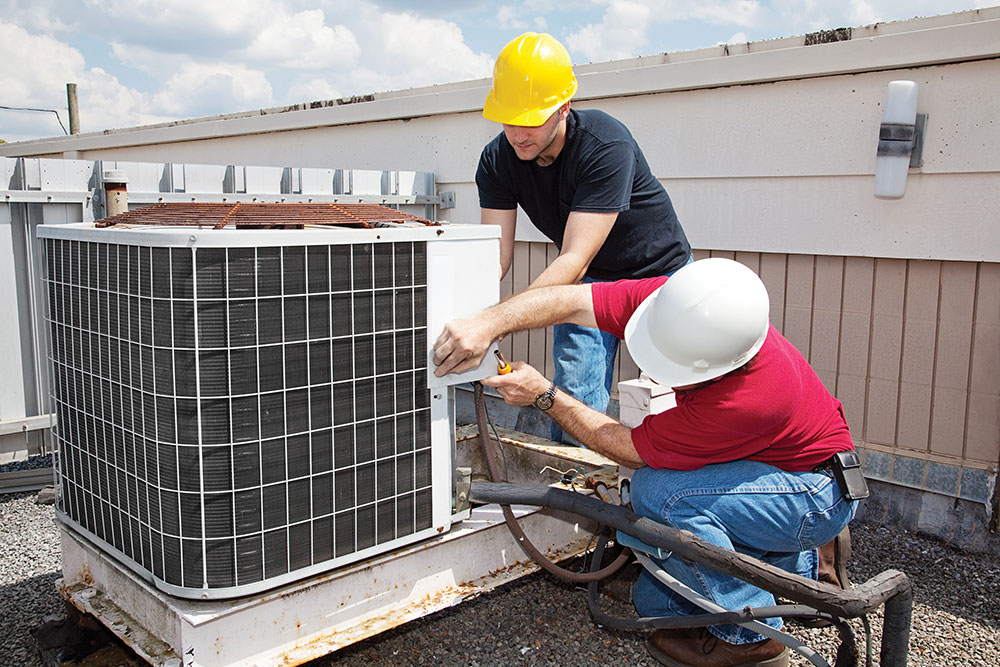




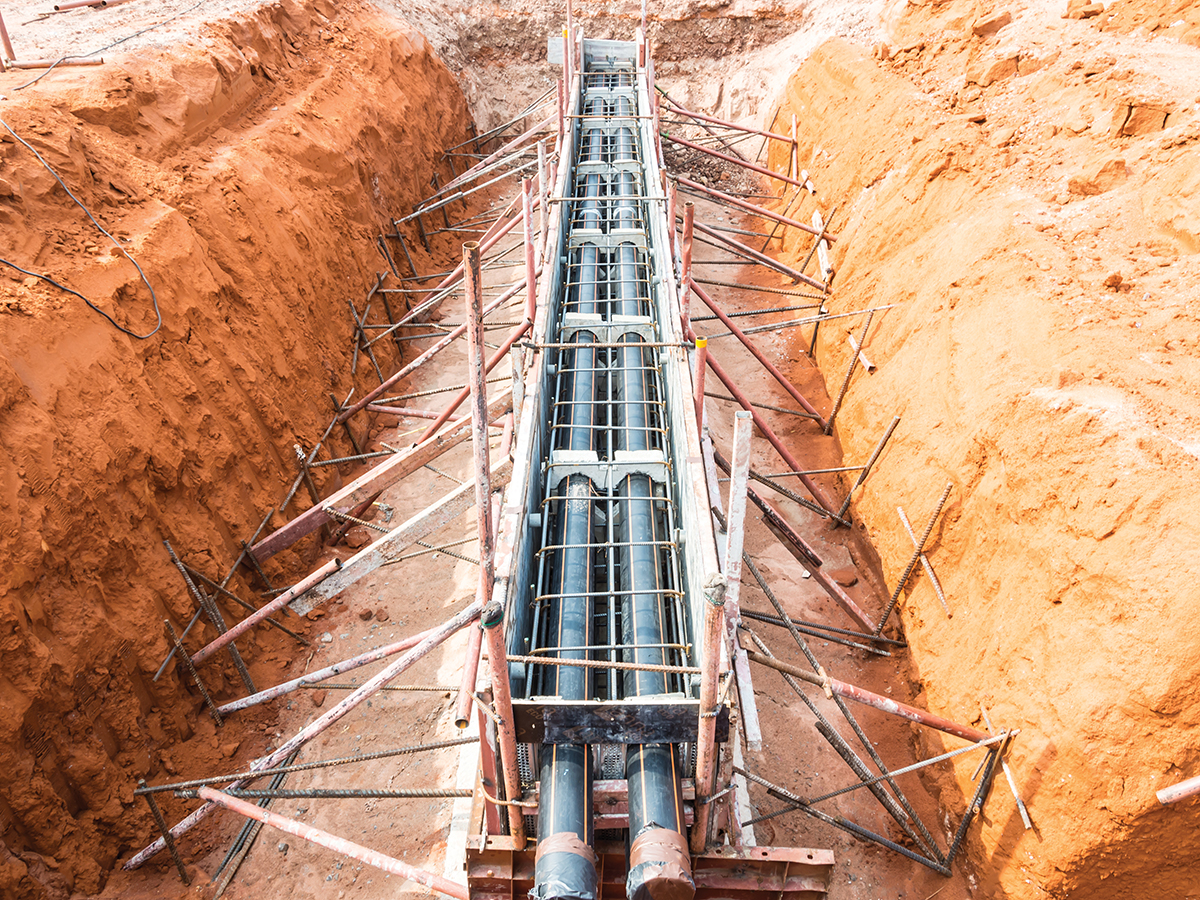

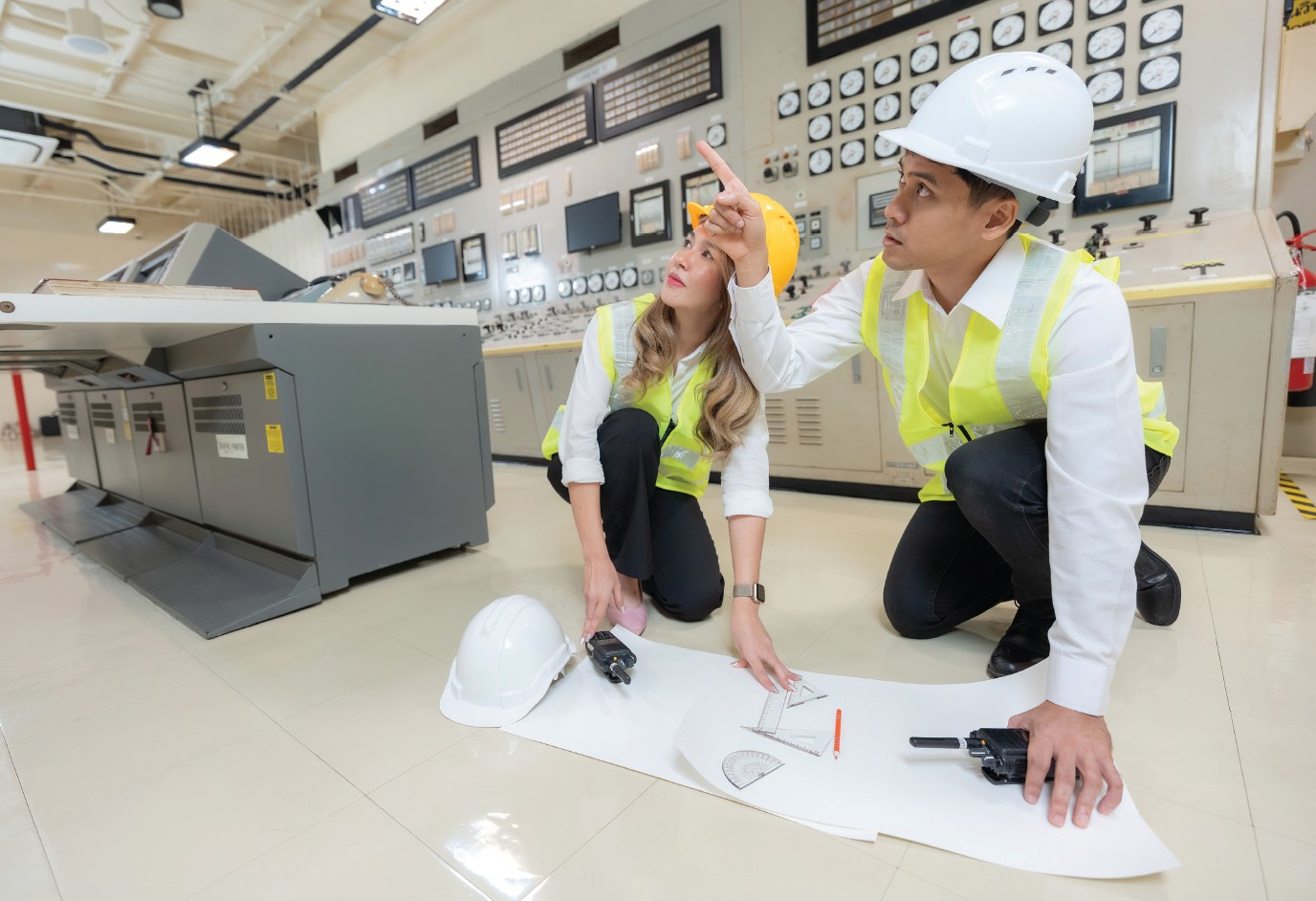
Find Us on Socials